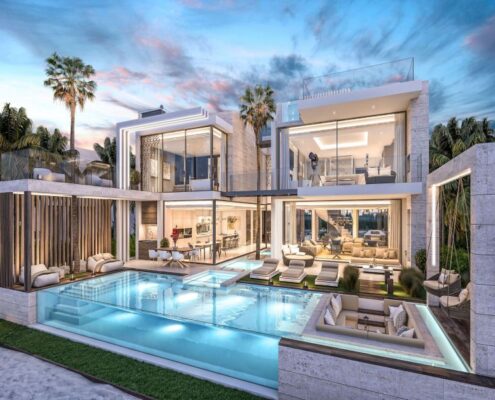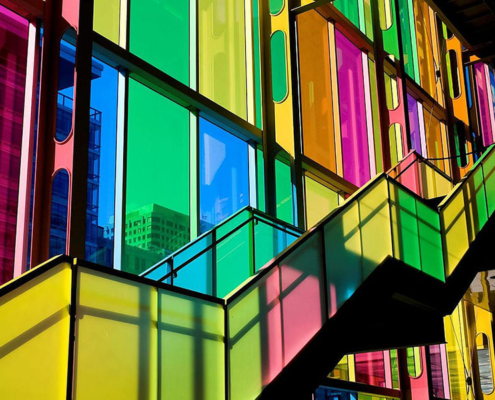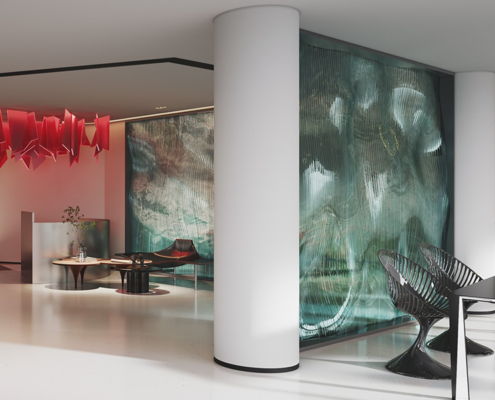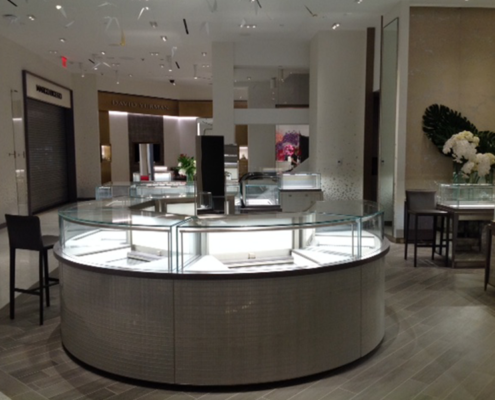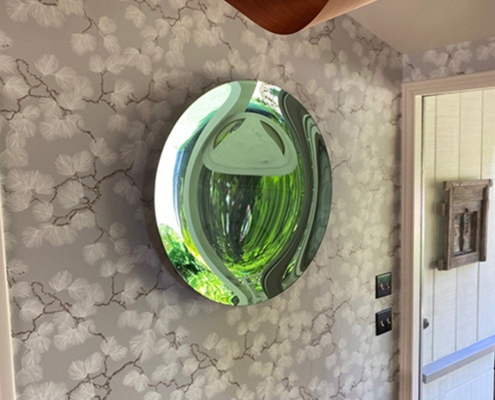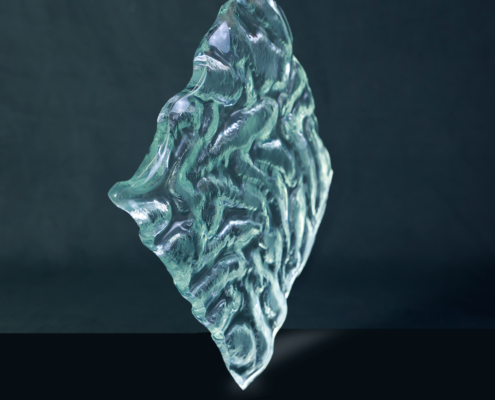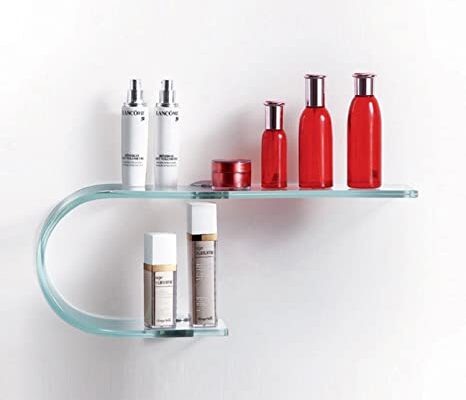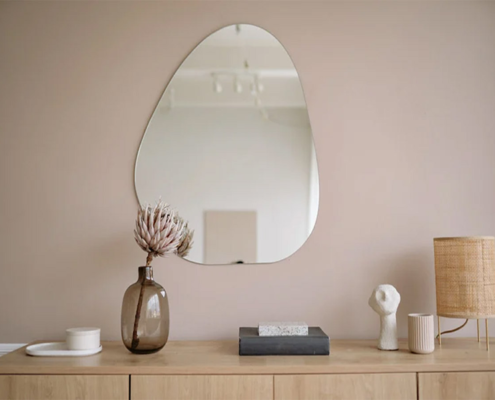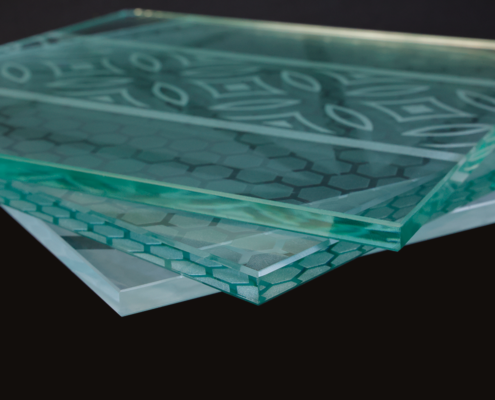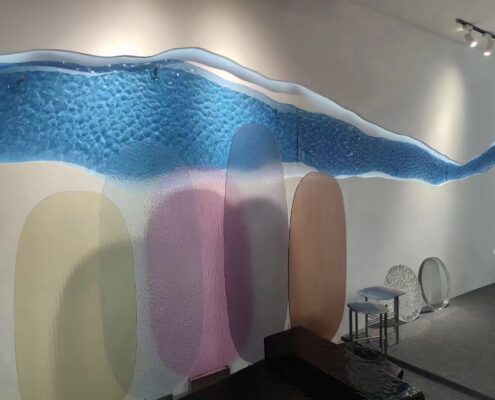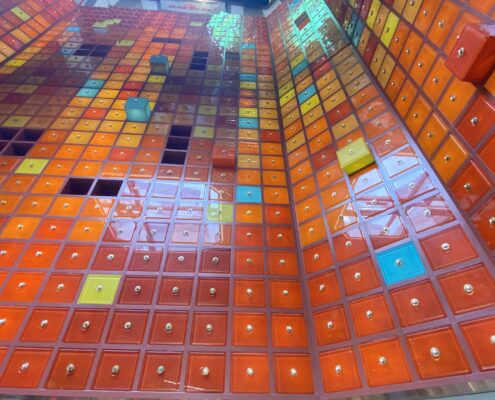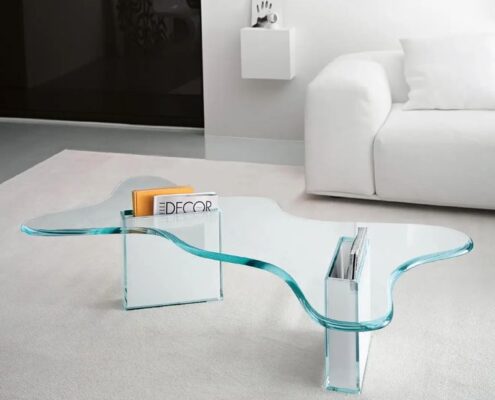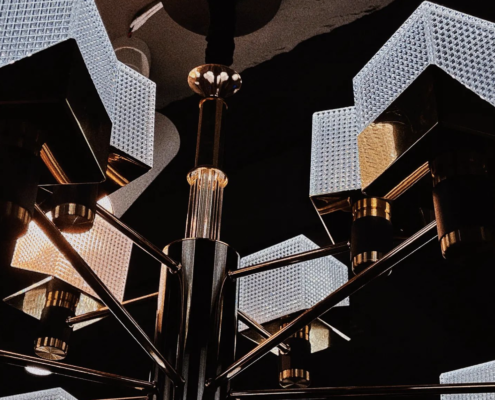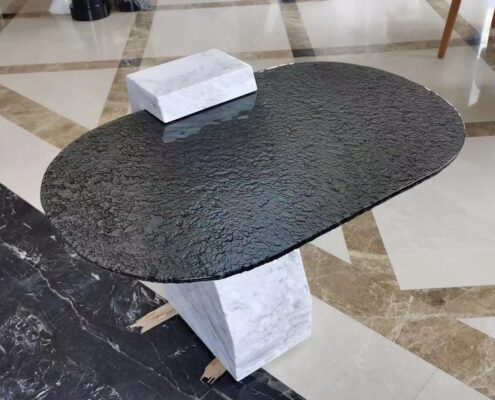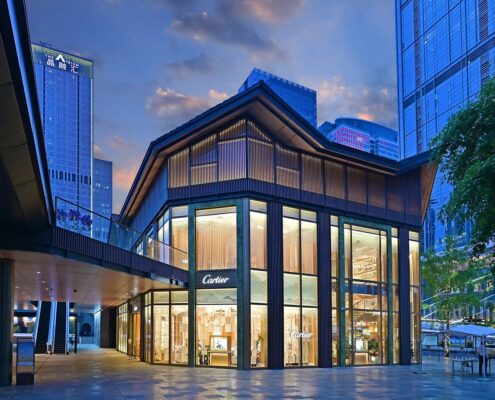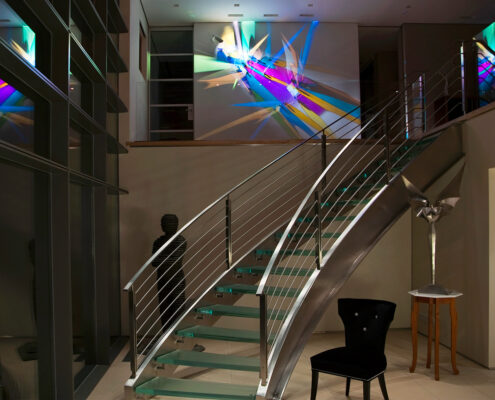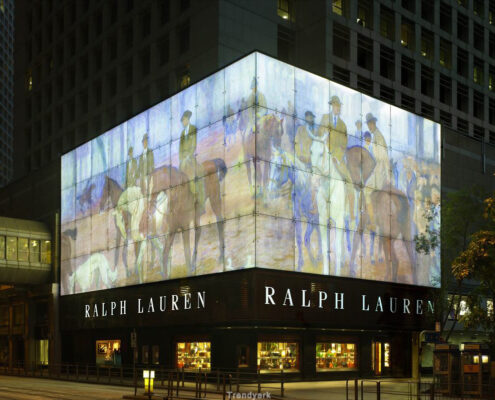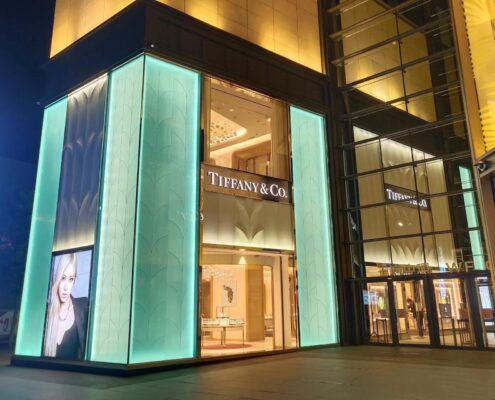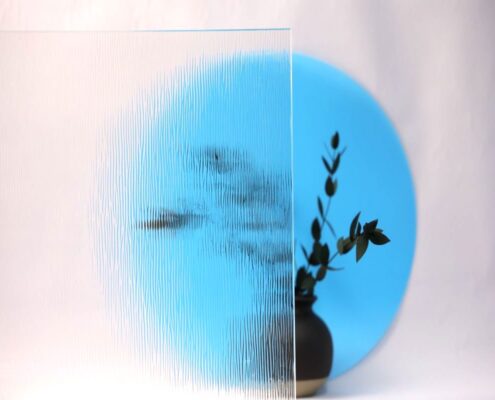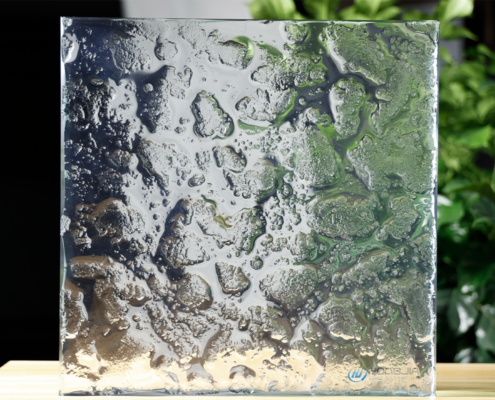How to Manage Quality in the Glass Procurement Process
Product quality is a paramount consideration in any industry, and the glass industry is no exception. Have you encountered challenges with quality when procuring glass? Today, we share valuable insights on effectively managing quality throughout the procurement process:
- Define Your Requirements:
Start by clearly outlining your expectations and requirements for the glass. Consider the intended applications, whether it’s for architectural purposes, decoration, or home furnishings. Different purposes may entail distinct quality standards for glass.
- Understand Industry Standards:
Stay informed about industry standards governing glass, encompassing both national regulations and standards set by industry associations. These standards delineate fundamental performance and quality criteria for glass products. Familiarity with these standards facilitates effective communication with suppliers during the procurement process.
- Compare Product Performance:
During procurement, thoroughly assess the performance of glass products from various suppliers. Focus on aspects like visual quality, physical attributes, and chemical stability. Inquire about production processes and raw material sources to evaluate the stability of product quality.
- Draw from Past Experience:
Leverage past experiences with glass procurement to understand the established quality benchmarks and actual product performance. This retrospective analysis will assist in precisely defining quality requirements for future purchases.
- Seek Professional Guidance:
If you lack extensive knowledge of glass quality standards, seek advice from professionals such as architects, designers, or experts in relevant fields. Their insights can guide you in navigating the nuances of glass quality.
- Build Long-Term Relationships:
Cultivating enduring relationships with suppliers enhances your understanding of their product quality and consistency. Through ongoing communication and collaboration, you can progressively refine your quality expectations and collaborate with suppliers to achieve elevated standards.
For further insights or inquiries about industry standards or national regulations for architectural and decorative glass, please do not hesitate to contact us.





